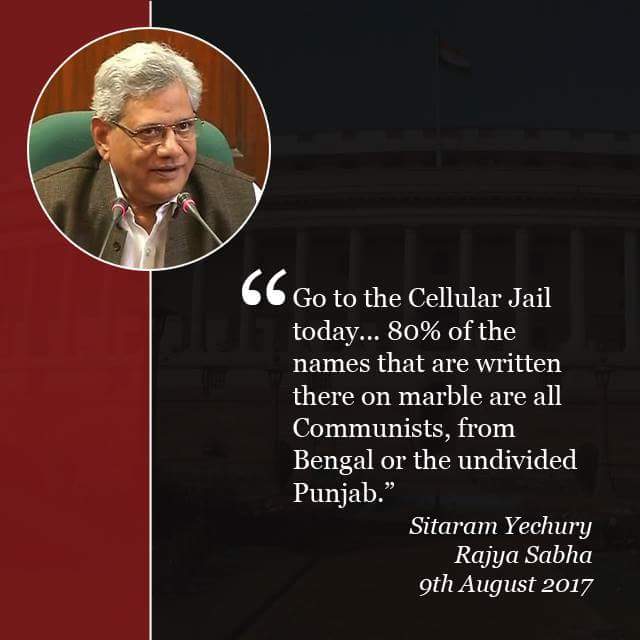Get into the Mood this Morning with the Missing Link, a band from West Bengal, here with their Kritodasi Maa (Slave Mother) -
And also take a listen to Miles, a hugely popular band from Bangladesh with their track called Firiye Dao (Give back) -
Mystics. Musicians. Melting pot.
As
always M is Music all the way, and it's Massive in any culture. Lots to share today, so
Reader, prepare thyself! Bengali music is a smorgasbord of influences starting
with Vedic religious chanting and assimilating a whole array of Perso-Arabian,
Turkish, Portuguese and other Western influences to become what it is today.
Nudging
in a quick timeline here, Bengali music traces its roots back to Sanskrit
religious chants, the Vedas were chanted and transmitted orally in Bengal from
around 1600 BCE. The Charyapada, a book
of Buddhist songs of praise, is the earliest extant old Bengali poetry/chants,
dating back to at least the 9th century. The Gita Govinda, composed in Sanskrit by
Jayadev, an eastern Indian poet writing in the 12th century, went on
to influence Bengali music down the ages. Indian music, including Bengali
music, comprises Marga sangeet (Classical music) with a complex system of ragas
and raginis, and Deshi/Lok sangeet (Local/Folk music).
Bengali
music evolved under the patronage of powerful dynasties such as the Malla kings
and Baro Bhuiyan and also through spiritual movements such as the Bhakti cult
all through the Middle Ages. The coming of Islam and the Islamic rule in Bengal
from the 13th century onwards also added its own notes to Bengali
music. Then Tagore was born in 1861 and turned out to be the single most
influential element in the Bengali music scene, radically changing, and
straddling it from the late 19th century. Independent Bengali bands
evolved from the 1970’s onwards inspired by indigenous folk and western
traditions. In short, the Bengali music scene, like Bengal itself, is a Melting
pot. Read a detailed analysis of the evolution of Bengali music here.
Moheener Ghoraguli
Moheener
Ghoraguli (Moheen’s Horses) was an independent Bengali band formed in 1975, the
first of the indie bands and a trailblazer. They spearheaded the musical genre
called Jibonmukhi (lit life-facing)
which reflected contemporary, urban Bengali socio-cultural realities at a time
when Bengali mainstream music was still mired in a romantic and idyllic
paradigm, trying to find its feet in a post-Rabindranath, post-Nazrul world.
Across the border Bangladesh had just gained its freedom. In West Bengal, a
political movement called ‘Naxalite’ had upended Bengali lives and
consciousnesses.
There
was a disconnect between the ground realities and the lyrics/melodies that established composers/singers
offered just then, and Moheener Ghoraguli jumped in to bridge the gap. Their
music and lyrics were edgy, they sang about urban alienation, they drew from
myriad Western and indigenous traditions and described themselves as ‘Baul Jazz.’
(What’s Baul? Go onto the next section.)
Like
Van Gogh, they were not wildly popular in their own time. In the 90’s, a
reassessment led to their music being compiled into an album – Abar Bochhor Kuri Pore (Again, After
Twenty Years) which saw the success and critical acclaim that had eluded the
band in the 70’s. Read more about them here and listen
to their signature song Prithibita Naki Chhoto Hote Hote (The Earth supposedly has got smaller and smaller..) which has acquired
cult status and has been covered by many artistes.
Mystical Minstrels
One
of the distinctive musical cults of Bengal is that of the wandering, mystical
minstrels known as Baul (Bah-ull). They are easily recognised by their saffron
robes, dreadlocks, their ektara and
prayer beads made of the sacred basil.
No-one quite knows the origins of the Bauls. Bauls themselves claim that the tradition goes back thousands of years. Historians have tentatively traced them as far back as 900 CE. Since their entire philosophy and musical repertoire is oral and transmitted generationally through a guru-shishya (master-disciple) tradition - most of the songs have been written down for the first time only at the end of the 19th century, therefore pegging a date to them is difficult. What is quite indisputable though is that Baul music is an integral part of Bengal and there is no Bengali artiste/writer/poet/lyricist who has not been influenced by this movement, including Rabindranath Tagore.
So
who or what is Baul? The Baul movement belongs to an unorthodox devotional
tradition combining elements from Hinduism, Sufi Islam and Buddhism but different
from all three. They have no special deities, no shrines, no religious symbols.
Their ideology is centred around the human body in which the divine resides. They
eschew social norms and manufactured barriers – such as the caste
classification of Hindu society. Their ‘sadhana’ or pursuit/objective is to
unite with the Divine through music and a set of Baul practices revealed only
to practitioners.
The
music is simple, the instruments used are the ektara (a single stringed lute) and a characteristic drum and
cymbals combo. The lyrics are couched in everyday language but contain hidden
symbolism. The songs are often about the love between Radha-Krishna, the Indian
mythological made-for-each-other Divine Couple (note that they are not married,
their love is characterised by longing and separation).
Any
discussion on Bauls is incomplete without mentioning Lalon Fakir (1774-1890,
also known as Lalon Shah, Lalon Sai and Mahatma Lalon) – he is the most famous
of them all, the singer-songwriter whose many hundreds of compositions are sung
today across Bangladesh and West Bengal and even across the oceans. Because
Purna Das Baul took Baul music westwards in the 60’s. Read more about the Bauls
and Lalon here. And listen to a Baul number sung by a Bengali
band called The Milliputs below:
And before I end - it's the Bengali New Year, so for all those who are Bengali by birth, domicile or marriage - Shubho Noboborsho! May the new year bring you joy and peace.
Posted for the A-Z Challenge 2019










